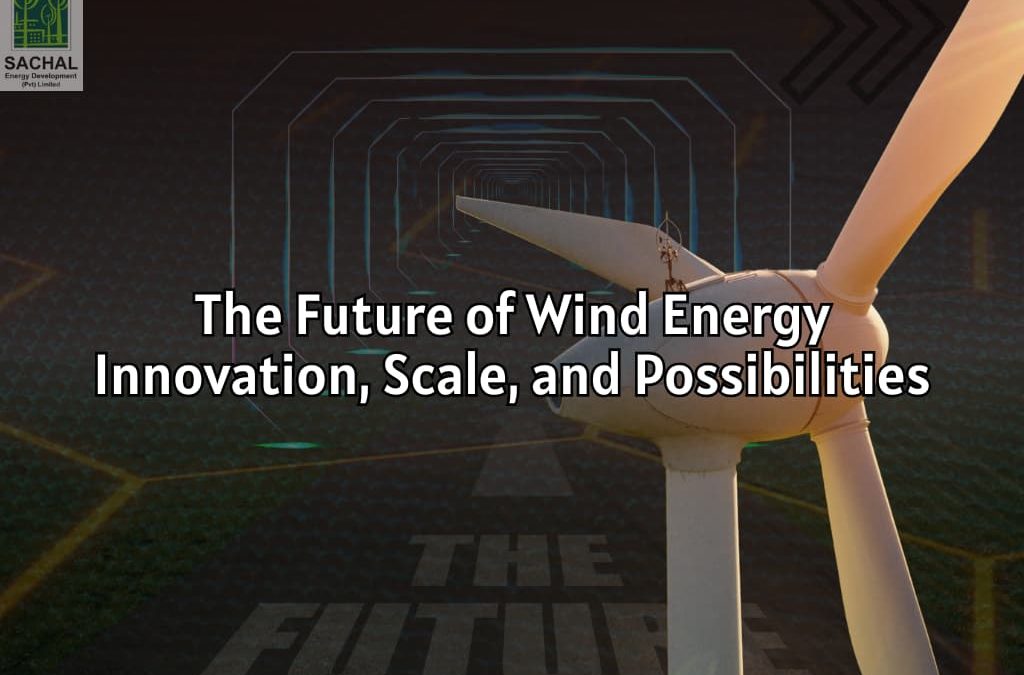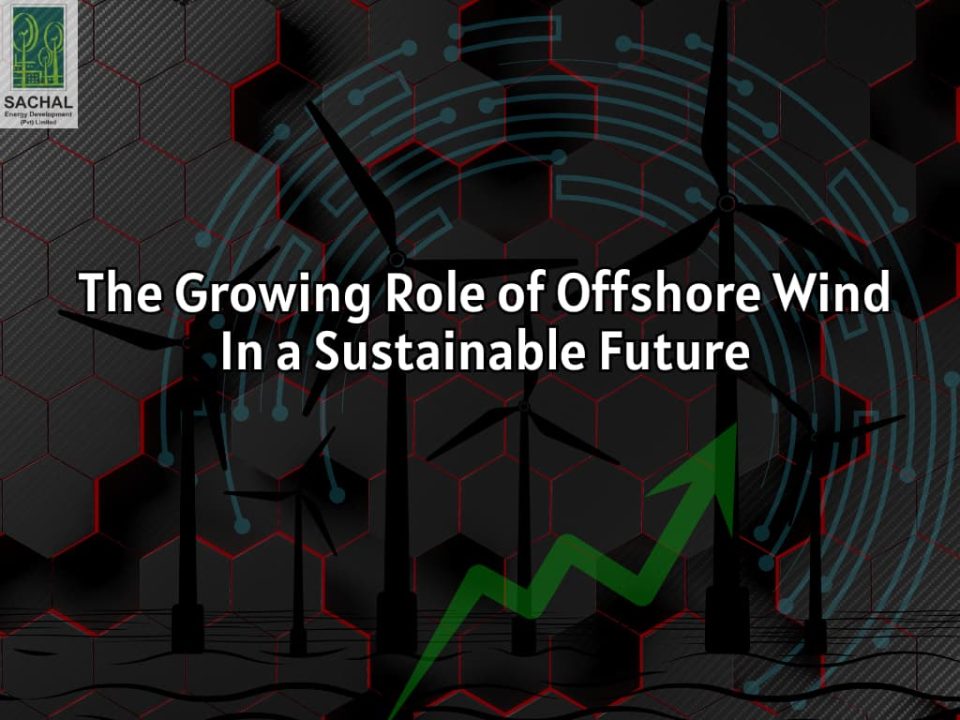
Pakistan’s Solar Revolution: A New Era for Energy Independence
March 18, 2025
The Growing Role of Offshore Wind in a Sustainable Future
April 9, 2025The Evolving Face of Wind Turbines
Wind turbines are no longer just the towering, three-bladed structures in rural landscapes. Today, they come in shapes and are even as futuristic as bladeless “wind vibrators.” While large-scale turbines dominate global wind energy production, innovators are reimagining how we harness the wind. The question is: Why haven’t these creative designs gone mainstream? And do they stand a chance in a world where bigger often means better?
Big vs. Small: Finding the Right Fit for Wind Energy
The answer lies in efficiency and economics. Modern wind turbines are engineering marvels, with newer models exceeding 250 meters in height and powering tens of thousands of homes. Larger turbines simply capture more wind, generate more energy, and deliver better returns. However, just as small cars and big trucks serve different purposes, small wind turbines have their role. Designed for decentralized energy needs, these systems, with rotor sweeps under 200 square meters, allow users in windy areas to generate electricity, whether for farms, businesses, or homes.
Small Wind Turbines: Horizontal vs. Vertical Designs
Small turbines fall into two categories: the horizontal axis (the classic propeller design) and the vertical axis (rotating shafts perpendicular to the wind). Horizontal turbines dominate both large and small markets due to decades of aerodynamic optimization. Yet vertical turbines are gaining traction for their unique advantages. They’re quieter, less hazardous to birds, and thrive in turbulent urban winds, such as those around buildings that disrupt airflow. Their compact design and ground-level maintenance make them ideal for cities with limited space. Unlike horizontal turbines, which need spacing to avoid wind interference, vertical turbines perform better in clusters: swirling winds around one unit can accelerate others, boosting wind farm efficiency.
Challenges and Innovations in Small Wind Turbines:
Despite their promise, small turbines face hurdles. Costs per kilowatt are higher than for large projects, and quality varies wildly. Some manufacturers exaggerate energy yields, prompting reliance on third-party certifications like those from the U.S. Small Wind Certification Council. Innovation, however, marches on. Beyond traditional designs, omnidirectional turbines inspired by NASA’s Tumbleweed Rover can capture wind from all directions, while bladeless “vibrator” turbines harness wind vortices. Kite turbines, tethered wings that harvest high-altitude winds, add to the experimental mix. Still, most remain in early development.
Innovation vs. Reality and The Rise of Small Wind:
Small-scale wind is a blip today, just 0.2% of global capacity in 2020, but analysts project 9% annual growth, potentially reaching a $2.54 billion market by 2030. Its niche potential is compelling. In remote areas, small wind-solar hybrids offset harsh winters and low sunlight. Cities could host turbines on rooftops, balconies, or streetlights where space is scarce. Hybrid systems also balance seasonal gaps: regions with dark winters or monsoon-clouded summers pair well with consistent wind.
The Road Ahead: Scaling Small Wind for a Diverse Energy Future:
For small scale, costs must drop. Mass production and government incentives, similar to those of solar power, could help. Grid upgrades are also critical to handle decentralized inputs. The future of wind energy isn’t a choice between big and small; it’s about diversity. The world will need large turbines, solar panels, and small wind systems working in tandem. Vertical, horizontal, bladeless, or kite-driven, the goal is the same: cleaner energy everywhere.
Wind energy’s evolution mirrors its subject: dynamic and full of potential. Mega turbines will continue powering cities, but small-scale innovations promise to democratize energy access. Whether camping with a micro-turbine or retrofitting an urban balcony, the wind’s versatility is becoming impossible to ignore. One thing’s sure: our energy future isn’t blowing in the wind; it’s being built by it.





